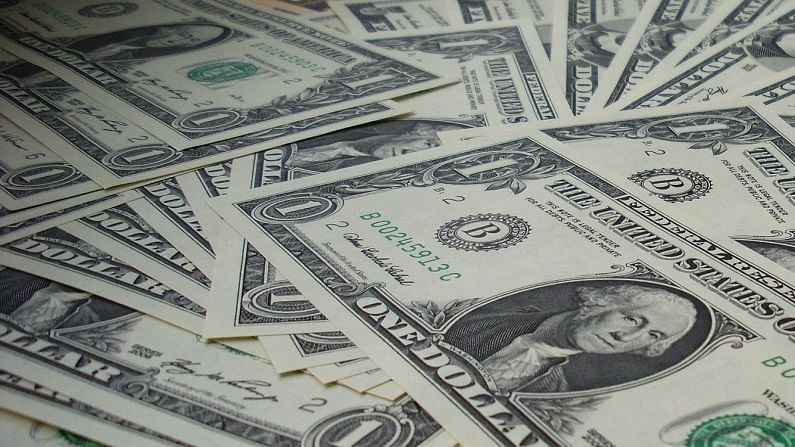Is $600 billion forex reserve adequate for Indian economy?
Though higher reserves help in cushioning domestic economy from external shocks, we must be mindful of the opportunity costs associated with them

Recently, the monthly bulletin released by the Reserve Bank of India touched on the issue of our foreign exchange reserves. The view suggested that the current $600 billion worth of reserves may not be adequate. This seems interesting, given that till as recent as a few years ago India had modest reserves of close to $300 billion.
When one looks at the present pile of foreign exchange reserves by using conventional ratios, India’s current reserves are more than adequate. Yet, the discussion in the monthly bulletin is important – more so as it distracts the discussion from the more important point of better utilization or rather more productive use of these reserves.
Prevents volatile changes in value of rupee
The discussion on reserves is important for all of us as reserves ensure capital buffers which can be useful in the event of volatility. That is, in the event of capital flows moving away from emerging markets to advanced economies, the reserves would come to our rescue and provide the RBI with some firepower which will be useful in preventing volatile changes in the value of the rupee. A sharp depreciation of rupee could result in a higher price of petrol and some other items which are frequently imported – and thus, adequate buffers will prevent such a situation.
The question really pertains to the definition of adequate. That is, is $600 billion adequate, or will $1 trillion reserves be sufficient? Two of the most important uses of reserves is to cover our net imports & to pay off existing external liabilities. Given India’s net international investment position is negative, we have to be mindful of the same. The discussion on import cover in the Bulletin, however ignored how historically India has had import cover ranging from 6 to 9 months. In contrast, today India has an import cover for 15 months. Even China has an import cover of 16 months. Therefore, relative to the past, India is doing well.
Opportunity costs
Though higher reserves help in cushioning the domestic economy from external shocks, we must also be mindful of the opportunity costs associated with them. That is, by holding the US 10-year treasury bills, we are virtually getting little interest on those bonds, while they simultaneously carry the risk of capital loss. Moreover, higher reserves to cushion the economy are desired, however, excess reserves in the event of limited productive use of capital in a capital starved economy comes at a high opportunity cost.
This is precisely why there is a need for an open conversation about the level of adequate reserves and how best to leverage excess reserves to employ capital productively. This is important as a positive return for these assets on the RBI’s balance-sheet could mean a greater transfer to the government which could be utilized well for development objectives or financing of infrastructure.
Incidentally, the RBI did indicate its intent to explore the possibility of diversifying assets to boost return on foreign exchange reserves. Therefore, even the central bank does believe that the reserves can be better leveraged going forward.
Diversifying allocation
A $400 billion of reserve should be adequate for India, which would still leave with close to $200 billion of excess reserves which could be diversified into other assets. India’s reserves at present are predominantly denominated in US dollars, treasury bills or gold. India can move some part of its reserves into other currencies such as the British Pound, Euro or the Japanese Yen. Moreover, it can also diversify to hold other highly rated government bonds. Another interesting solution could be to use a part of the excess reserves in a separate account to assist the sovereign external borrowing program to the tune of $50 billion over the next 2 or 3 years.
We must also remember that there is a possibility that our reserves will only increase going forward as globally, most major central bankers would continue to be accommodative till 2023. The prospects of rate hikes by them before then appear unlikely, and therefore, India can expect greater capital inflows over the coming months which would leave the RBI with a choice to either let the rupee appreciate or buy some of the dollars and increase the pile of reserves. Post 2023, if there is a rate hike by advanced economies before Emerging markets then we can expect capital flight away from EMs, however, most emerging markets would hike rates by then. Thus, we can expect a further increase in our reserves – which necessitates a discussion on what constitutes as adequate reserves to ascertain the extent of excess reserves with the RBI.
Ultimately, having high reserves operate as buffers which can shield businesses and households from the adverse impacts of external shocks. However, excess reserves have no meaningful impact on the economy – except for them resulting in capital locked in low yield assets. This is an inefficient use of productive assets in the economy – more so in one that faces constraints on the available capital to meet its investment & growth aspirations.